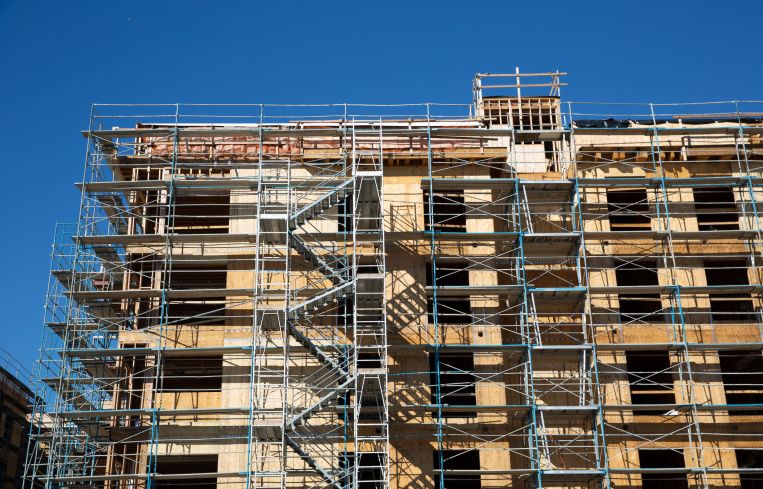Summer Peak: Pandemic-Fueled Construction Boom Leads to More Mobile Renters
The larger narrative suggests a shift in the rental market dynamics
By Michael Lucarelli September 28, 2023 12:05 pm
reprints

U.S. housing construction has reached a 50-year high, with this year alone witnessing the completion of more than 460,000 units. Within the past three years, over a million new dwellings have been erected, marking a historic high.
This increase in inventory spurred a migration of renters into newer apartments over the summer. This trend has resulted in a decline in those staying put and renewing their leases to 60.5 percent during this year’s peak rental season, compared to 63.6 percent last year. The prime cause behind this added housing choice is the pandemic-induced construction surge.
The larger narrative suggests a shift in rental market dynamics, favoring renters in many markets across the U.S. Yet drilling down more regionally, variations on the theme are apparent.
In California, San Diego outpaced Orange County in the rental production race for the first time in nearly two years this summer due to a robust population growth coupled with a housing deficit, according to data from RentCafe.com covering 139 U.S. markets. By 2029, San Diego alone would require approximately 108,000 additional units. Consequently, the city with its limited developable land has now emerged as Southern California’s fiercest rental battleground, standing 18th nationally.
In the Midwest, significant corporate expansions by such giants as Amazon, Walmart and Ford have invigorated the region’s economy, amplifying its appeal for rentals. As a result, an increasing number of people from pricier states are relocating here, prioritizing economic opportunities over climatic preferences.
In the Northeast, the allure of the New York metropolitan area remains unshaken for renters, with Brooklyn and Manhattan securing spots also within the top 15 this rental season.
Meanwhile, suburban Chicago has positioned itself as the country’s fourth most desired rental hub. With a severe shortage of available units and a surge in demand, 67.3 percent of its residents chose to remain in their current apartments during the peak rental time.
As the U.S. continues to showcase a robust job landscape — the end of August showed the lowest figure in unemployment benefit seekers in seven months at 216,000 — the disparity between wage hikes and inflation is predicted to level out by the fourth quarter of 2024, according to Bankrate’s recent study. While homeownership might still be elusive for many due to pricing, market fundamentals offer renters enhanced choices. Despite potential challenges, developers are forecast to add another 1 million rental units by 2025, complementing the ever-expanding demand.
Michael Lucarelli is the CEO and co-founder of RentSpree.


